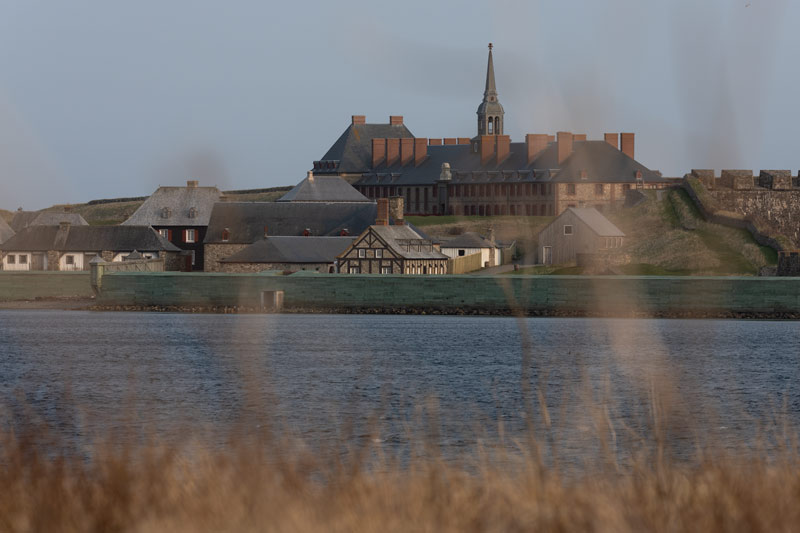
Fortress Louisbourg, once known as the gateway to the continent, stands in majestic repose at the mouth of the harbour that still shelters a thriving fishing fleet. Sieges in 1745 and 1758 were turning points in the Anglo-French struggle for what would become Canada.[Stephen J. Thorne/LM]
The world was a far bigger place in the 17th and 18th centuries.
A transatlantic crossing of 5,500 kilometres (3,000 nautical miles) from England was a perilous, month-long endeavour, even in favourable seas and skies.
North America was still very much the New World to Europeans—a wild and unexplored continent that, despite the designs of white men far away, was still the land of its Indigenous Peoples.
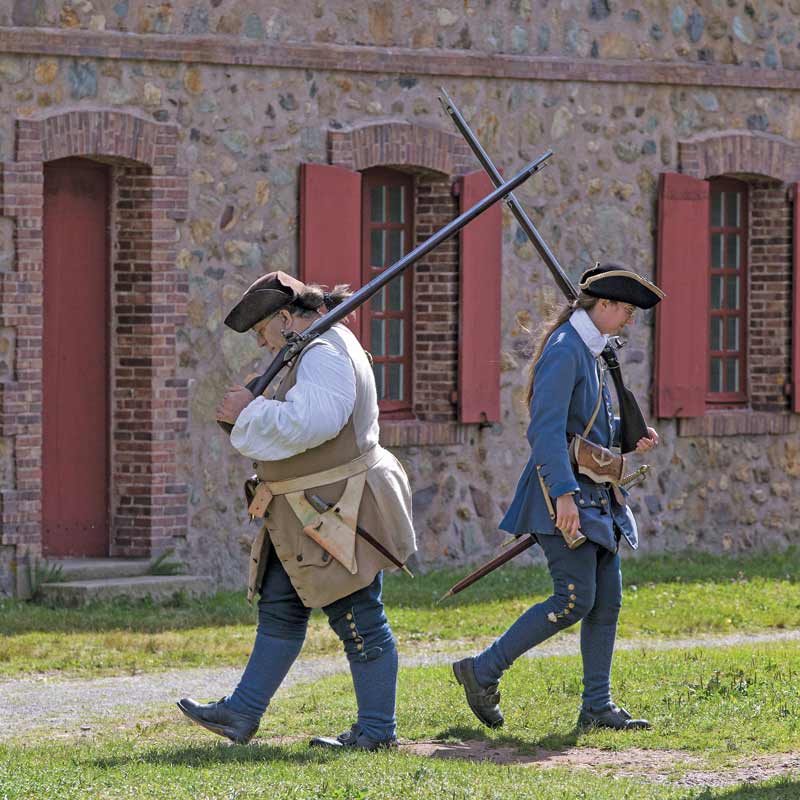
Now a national historic site, Louisbourg is populated during the summer months by French-speaking re-enactors representing French military and colonial life between 1713 and 1758.[Stephen J. Thorne/LM]
What began as a search for a westward route to the Orient became a voyage of discovery, a religious quest, a hunt for untold riches, a centuries-long pursuit of prestige and glory. Some 500 years after Vikings first settled in what is now Newfoundland, then left, European monarchs set their sights on the shores of the continent.
The Spanish colonized the Caribbean island of Hispaniola in 1493. The English settled Jamestown, Virginia, in 1607 (Cupids, in the British colony of Newfoundland, was settled in 1610). In 1534, Jacques Cartier sailed into the Gulf of St. Lawrence and declared it New France.
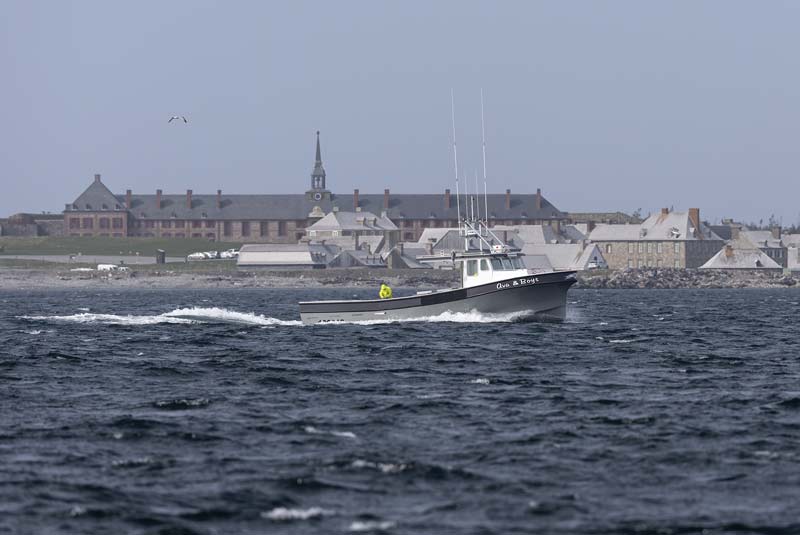
The fishery that attracted many Europeans presses on.[Stephen J. Thorne/LM]
Louisbourg would become one of the most complex, costly and contested fortifications on the continent.
The age of exploration and discovery would become the age of conquest and imperialism when the great powers of Europe colonized the world. These far-off possessions became sources of commerce, fields of battle in Europe’s continuing wars, and bargaining chips in the great power struggles of the 18th and 19th centuries.
So it was with Louisbourg, the great fortress known as the gateway to North America.
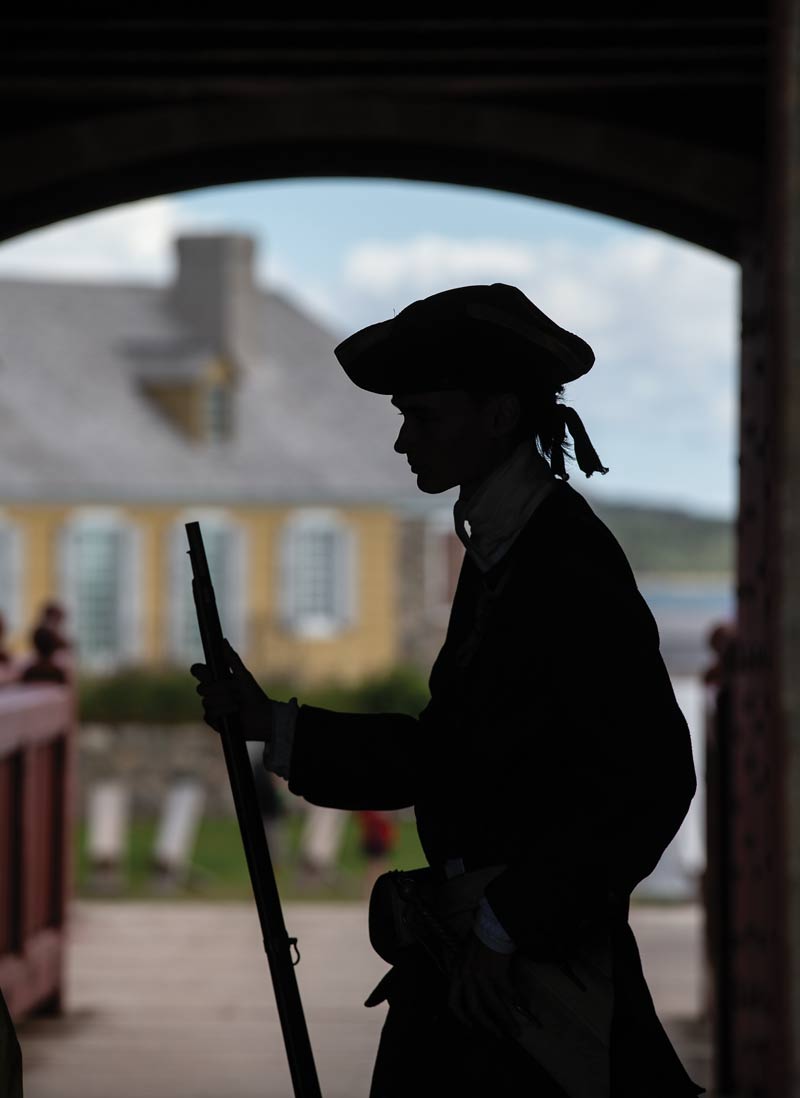
Île Royale, now Cape Breton Island, was first settled by the French in the early-18th century. It would be a linchpin in the fight for North America, and the fishing village at Havre à l’Anglois would become its focal point.
Havre à l’Anglois would grow into a major commercial port and the fortress that defended it, Louisbourg—named for French King Louis XIV—would become one of the most complex, costly and contested fortifications on the continent.
North America was still very much the New World to Europeans.
Situated at the southeastern tip of the island, it posed a commanding presence near the mouth of the Gulf of St. Lawrence, over the French settlements of Acadia, and on the approaches to the eastern seaboard.
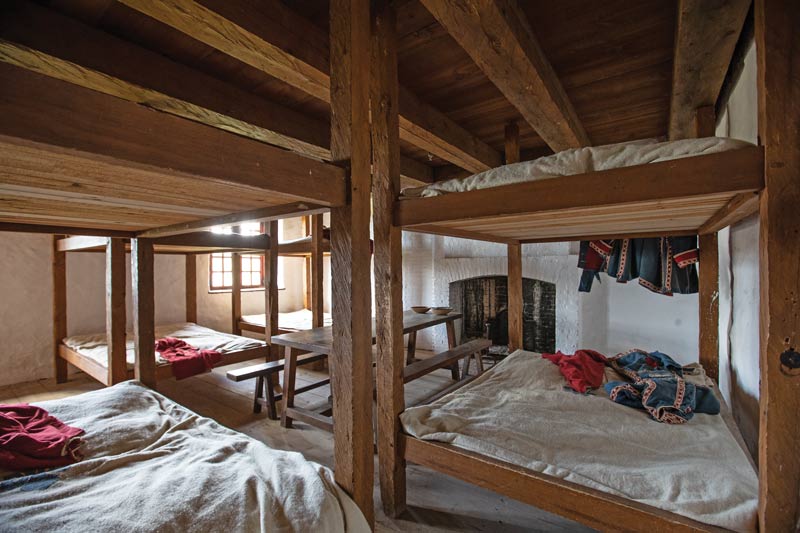

But, surrounded by hills, the low-lying garrison was primarily designed to address seaborne assaults; its land defences were relatively weak.
The British captured Louisbourg in 1745, only to make it a major bargaining chip in negotiations leading to the 1748 treaty ending the War of the Austrian Succession. The French got it back in exchange for border towns in what is today Belgium. It was recaptured in 1758 by British forces during the Seven Years’ War, leading to the fall of Quebec the following year—and subsequently an end to French rule in North America.
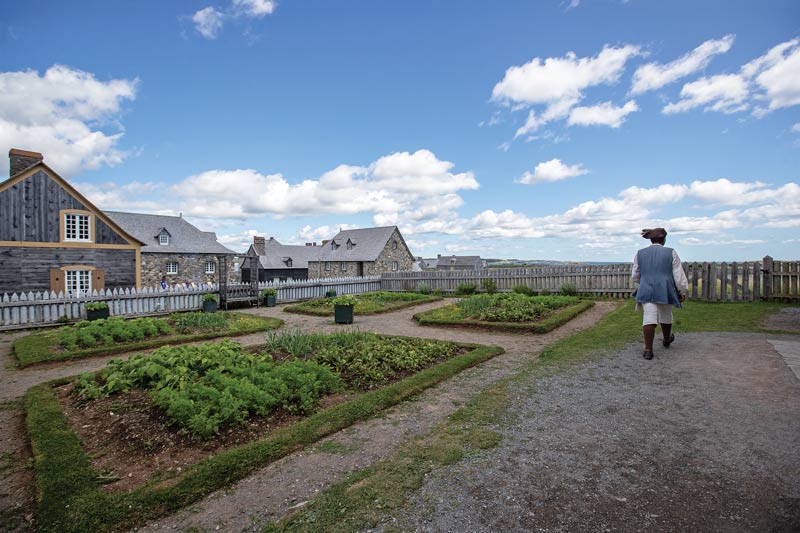
The site is described as North America’s largest historical reconstruction. In its heyday, it was the land of L’nu, also known as the Mi’kmaq. French, Basque, German, English, Irish, Scottish and African peoples came to its shores.[Stephen J. Thorne/LM]
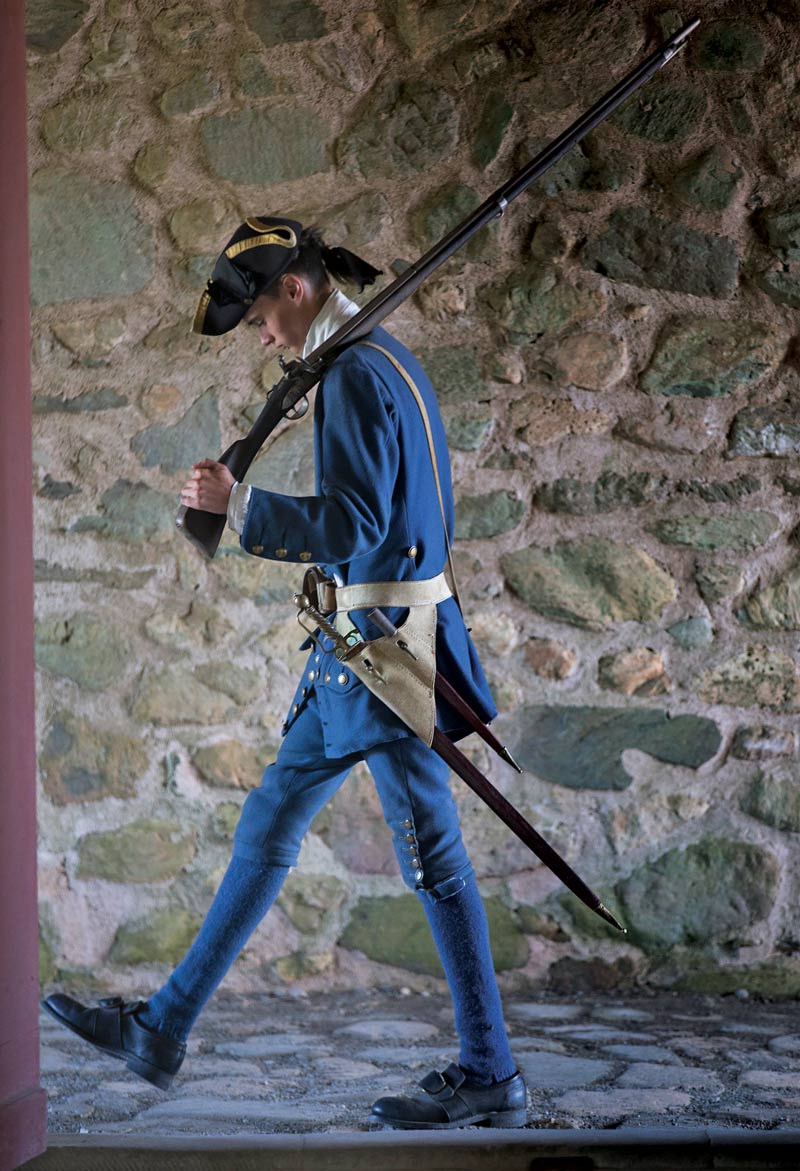
British engineers blew the fortress to rubble. By 1785, the site had been completely abandoned.
British engineers blew the fortress to rubble. By 1785, the site had been completely abandoned.
Reconstruction of the defences and the community they housed, now a national historic site, began in 1961, continued into the 1970s, and resumed in 2018. Fisheries remain a key economic driver in the area, but the spectacular fortress and the tourism it generates form its foundation.
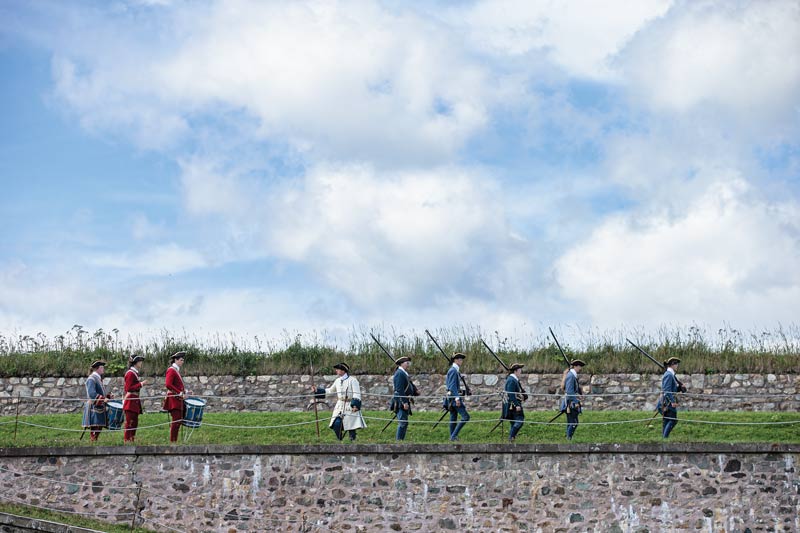
French colonial troops march to the beat of the drums.[Stephen J. Thorne/LM]
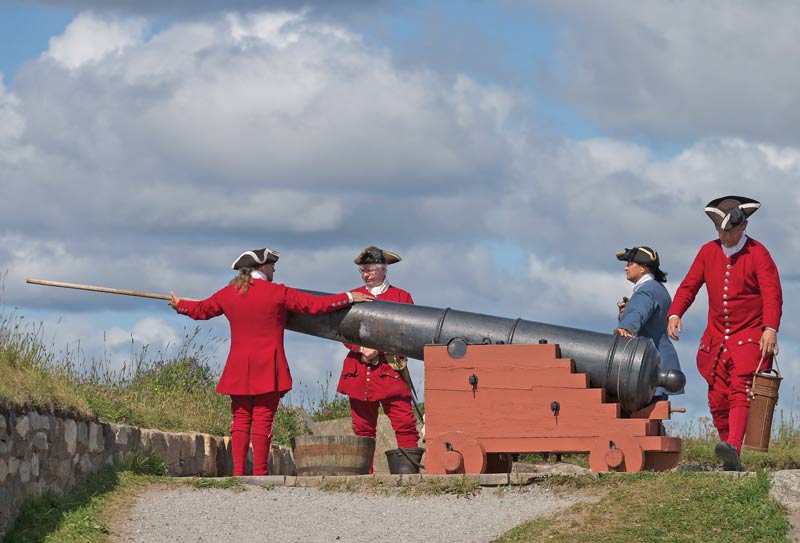
A gun crew loads a cannon on the ramparts of the fortress.[Stephen J. Thorne/LM]
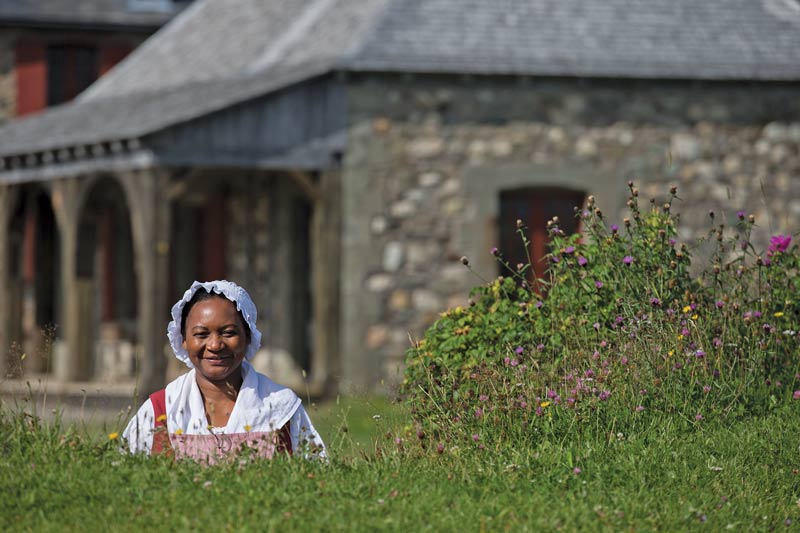
A re-enactor looks up from her work in the kitchen gardens.[Stephen J. Thorne/LM]
Advertisement




















